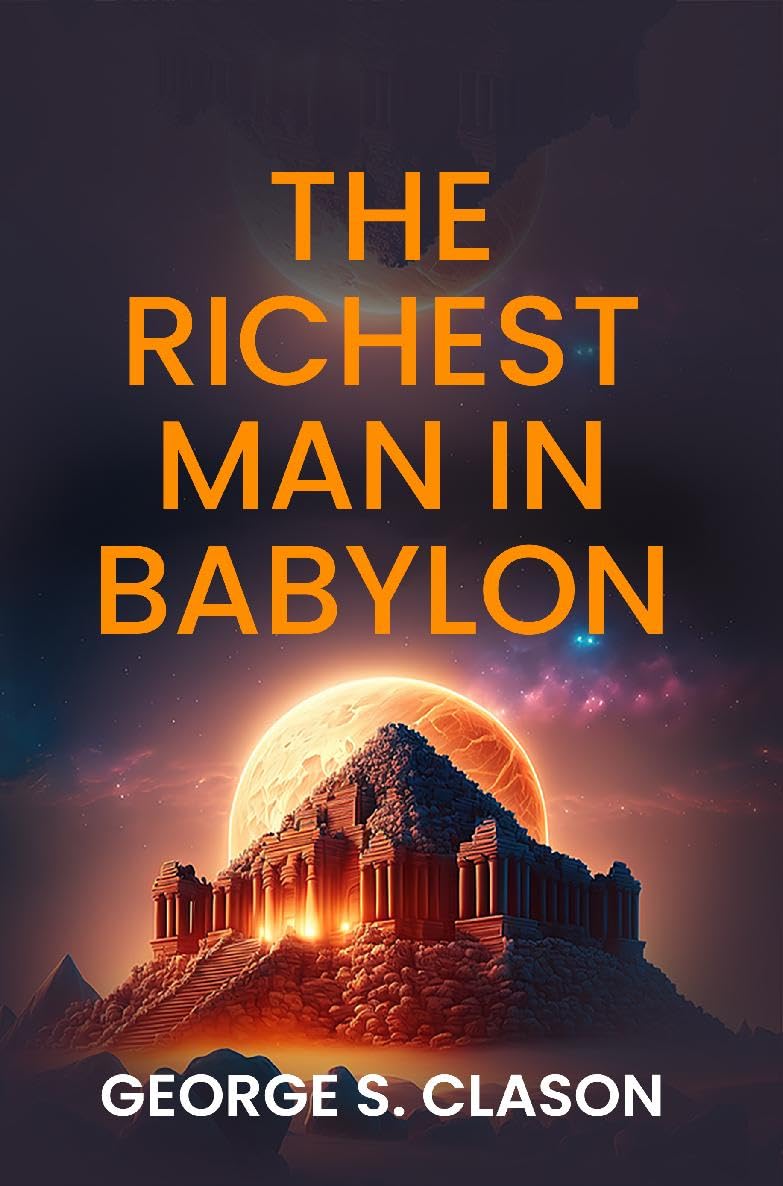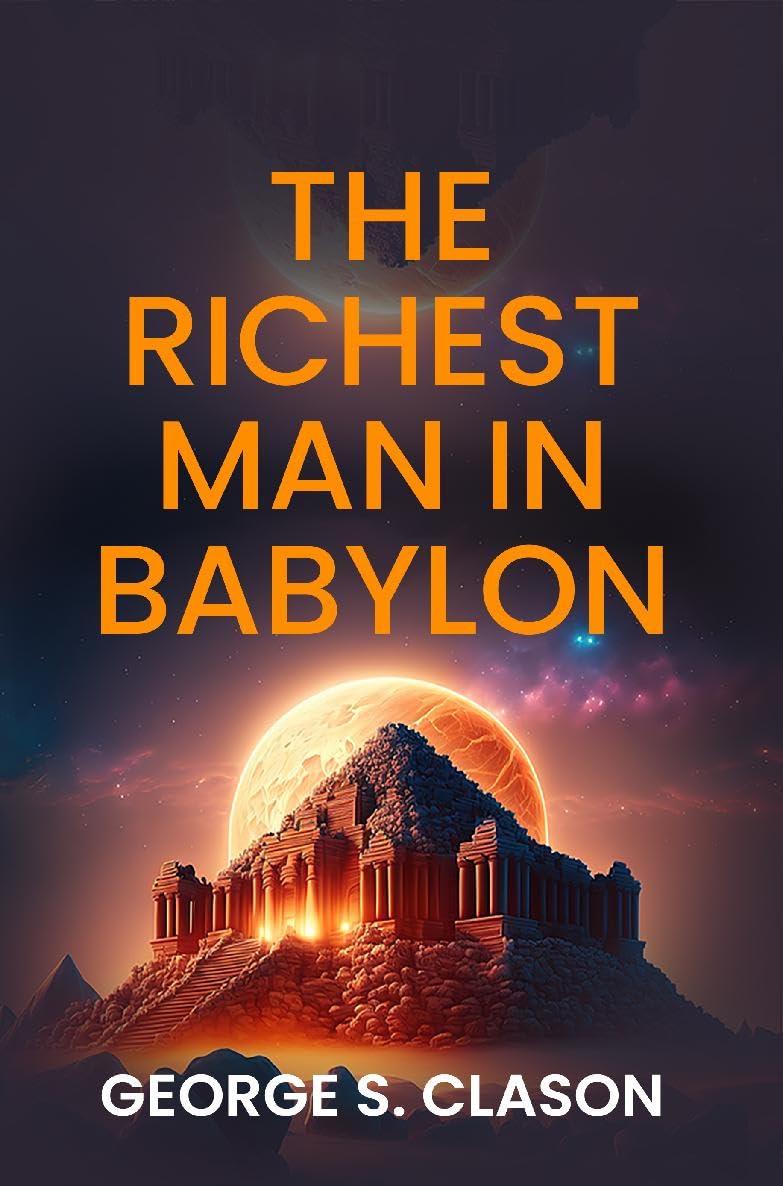As an avid reader with a passion for personal finance, I had long heard about “The Richest Man in Babylon” by George S. Clason, and I finally decided to dive in. The book, originally published in 1926, is a classic that dispenses timeless financial wisdom through a series of engaging parables set in ancient Babylon, a backdrop that intrigued me. I was curious to see how principles relevant even today could be shared through stories from over four thousand years ago.
One of the first aspects that struck me was the book’s writing style. Clason utilizes simple yet profound narratives that are engaging and easy to digest. Each parable illustrates a specific financial principle, from living within one’s means to the importance of saving and wise investing. For instance, one memorable lesson is the concept of paying yourself first, which really resonated with me. This is a straightforward principle that seems to come alive through the characters in the stories—merchants, traders, and workers—making them memorable and relatable.
Moreover, the wisdom shared through these parables is not just theoretical but practical, inspiring action. As one of the reviewers, George Caciola, pointed out, the book doesn’t merely offer advice; it encourages readers to rethink their approach to finances and start building better habits. I found myself reflecting on my own spending and saving choices as I turned each page.
Another highlight is the brevity of the book. At just 94 pages, it can be read quickly, making it an ideal choice for anyone looking to boost their financial literacy without feeling overwhelmed. It’s an easily digestible text, perfect for busy individuals or young adults just embarking on their financial journeys. In fact, as noted by several other reviewers, it’s particularly suitable as a foundational read for older teens—a recommendation I wholeheartedly agree with.
That said, while the parables are engaging, some readers, including myself, might find the language a bit dated. Although this aspect adds a touch of charm, it could also pose a hurdle for those not accustomed to older prose. Additionally, the focus largely resides on wealth-building without delving deeply into modern investing strategies. As valuable as the principles are, a reader seeking comprehensive insights into contemporary finance might find that this book doesn’t cover every angle.
Finally, the book’s principles often emphasize saving and discipline, which can feel repetitive. However, the repetitive nature does work to reinforce the core messages, even if I wished for a slightly broader scope of financial advice.
Overall, “The Richest Man in Babylon” satisfied my expectations of presenting timeless financial wisdom in an accessible format. The lessons, such as “Start thy purse to fattening” and “Guard thy treasures from loss,” offer relatable guidance that can shape one’s approach to money—principles that are as relevant now as they were thousands of years ago. The stories breathed life into the lessons and turned what could have been dry financial advice into something enjoyable and thought-provoking.
In conclusion, I wholeheartedly recommend “The Richest Man in Babylon” to anyone interested in improving their financial literacy. Whether you’re starting your financial journey or seeking a refresher on essential principles, this book offers actionable advice that is easy to comprehend and apply. Despite its few drawbacks, the book is a treasure trove of wisdom—one that can inspire readers to take charge of their financial futures, making it a staple on any bookshelf. It has certainly reinforced my belief in the importance of financial discipline, and I only wish I had discovered it earlier in my own journey!
“Discover timeless wealth-building wisdom in The Richest Man in Babylon.” >>








